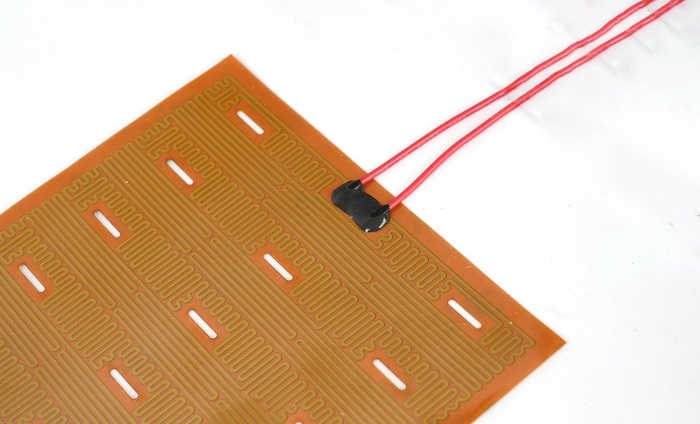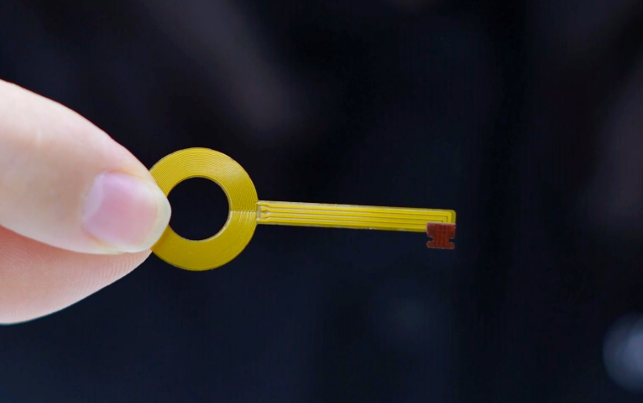In the era of technological innovation, a breakthrough intelligent temperature control technology is changing our lives flexible heating element. This cutting-edge fusion of precision manufacturing technologies breaks through the traditional limitations of rigid heating devices with its unique flexibility and efficient heat transfer properties. It offers a new range of solutions to meet the changing needs for continuous temperature and precise temperature control in a variety of applications. The flexible heating element is cleverly integrated into everyday products. Whether providing reliable insulation in outdoor gear systems, enabling meticulous temperature regulation in healthcare equipment, or improving comfort in smart home appliances, they are consistently adaptable.

flexible heating element There are two common types of flexible heaters depending on the materials used in the heating foil: older wire-wound heaters and kapton heaters. Both use heating conductors with different resistivities and heating characteristics.
Kapton heaters are typically used in smaller product applications that require lower heating temperatures. These flexible heaters typically provide temperatures from -40℉ - 428℉, and if the user frequently uses the heater at the highest temperature, it can also accelerate damage to the product. Therefore, the temperature control device on the heater is necessary to maintain the temperature of the product within a certain temperature without damaging the product due to the use of the heater.
Flexible heaters use single or multiple strands of wire to transfer heat to the tangent points or arc areas of their circular heating elements. In contrast, the flat surface of a foil heater provides more uniform heating because the surface area for heat transfer is significantly increased. Flexible heating elements are used in products to remove moisture or ice accumulated on components, such as de-icing mirrors, heating batteries, keeping food ingredients at the required temperature in restaurants, heating fish tanks, and heating cups in coffee machines.

Flexible heaters use single or multiple strands of wire to transfer heat to the tangent points or arc areas of their circular heating elements. In contrast, the flat surface of a foil heater provides more uniform heating because the surface area for heat transfer is significantly increased.
The flexible and lightweight nature of the kapton heater makes it suitable for applications where weight and irregular curves are a requirement. The maximum size of the etched foil polyester heater heating element is 480mm*1000mm, making it ideal for small applications. Additionally, the heater can be customized for product applications that require aesthetics and transparency.

-40℉ - 428℉ temperature threshold
Resistive properties, not prone to cracking or tearing
Resistant to chemicals, radiation and fungi
Minimal outgassing in vacuum environments
Uniform heat distribution and stability
Good heat transfer capability
By understanding the production and product comparison of kapton heaters, we can select the appropriate kapton heater according to the product's application environment. Danyu Electronic specializes in the production of various heaters, with design and production professionals and technology. You can put forward your needs and we will create the optimal solution for your product.
Simply drop your email or phone number in the contact form, and we'll promptly reply you shortly.